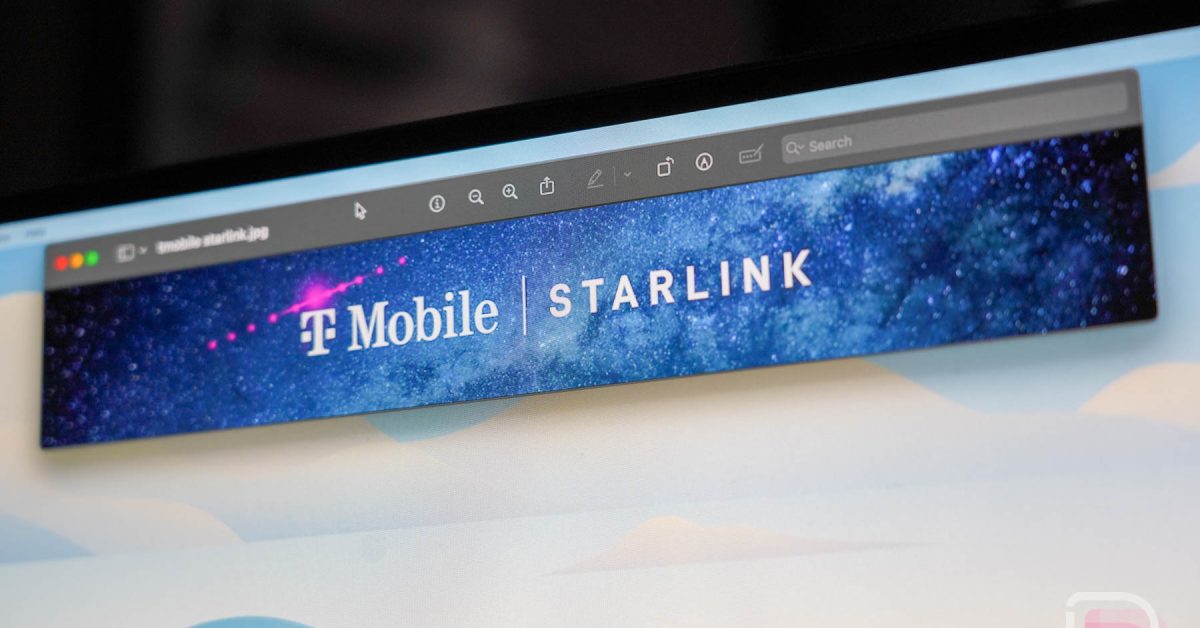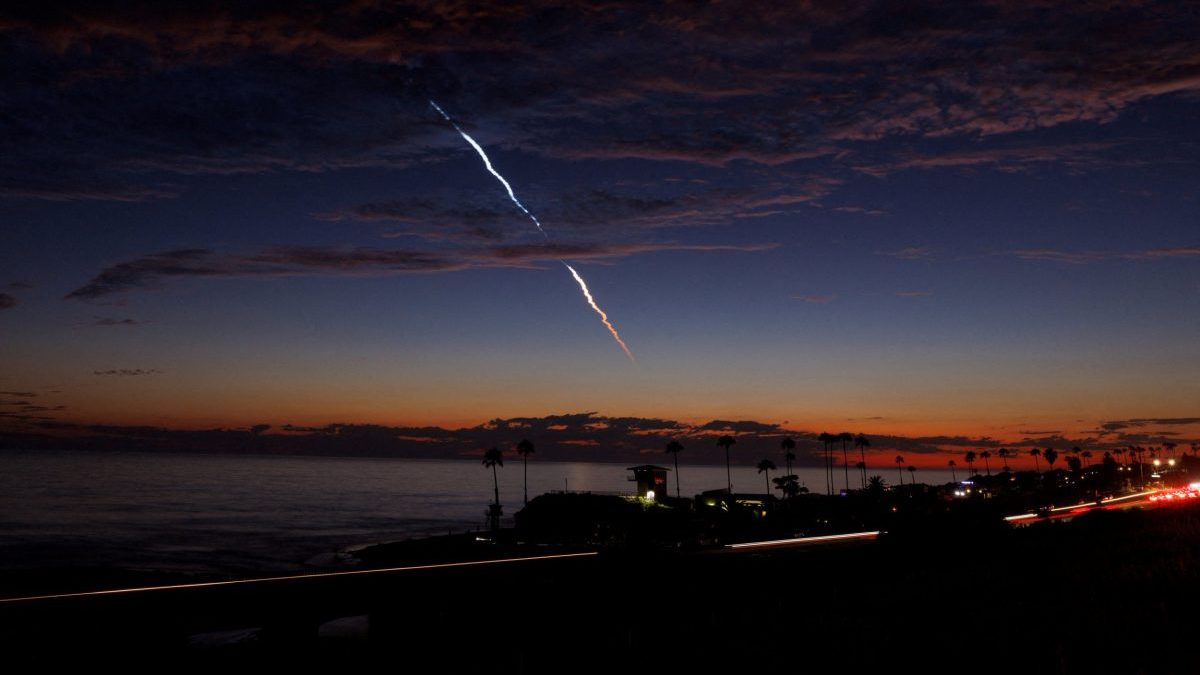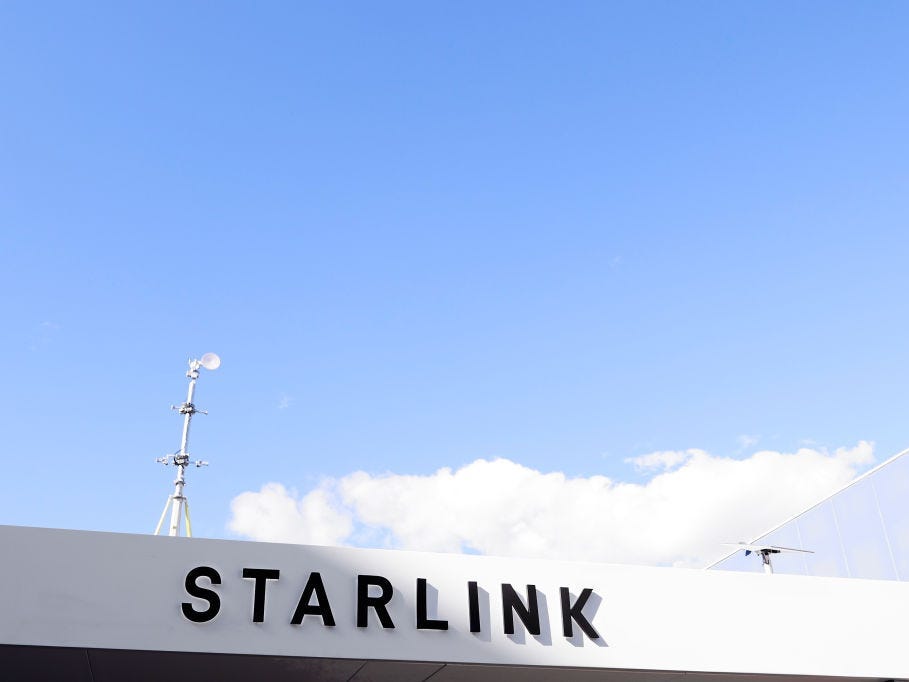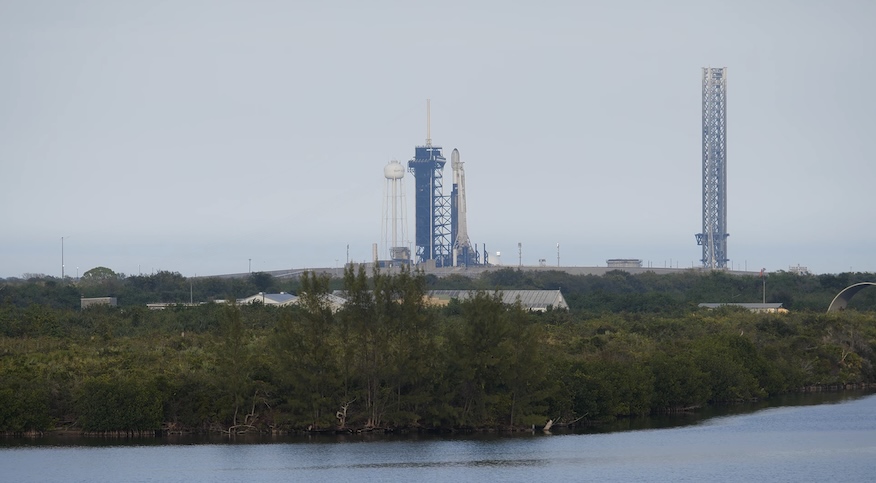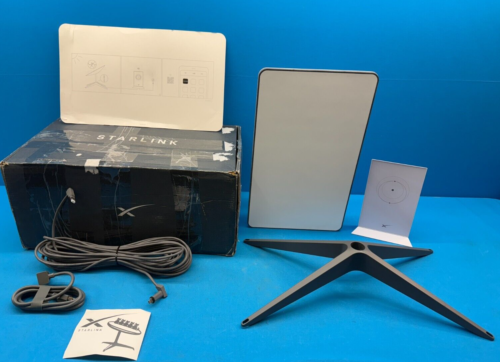Your cart is currently empty!
Satellite internet may not be as widely used as cable internet, but it’s generally the more popular choice (and sometimes even the only option) among users who live in remote areas with no infrastructure or who are often on the road or at sea. Unlike cable internet, it isn’t heavily dependent on pre-installed wiring systems, which is typically non-existent in rural and undeveloped locations. This makes it accessible to anyone from almost anywhere.
Advertisement
Another advantage of satellite internet over cable internet is its DIY installation. You can’t install cable internet yourself unless you already have an existing system at home. On the other hand, some satellite internet providers, particularly Starlink, let you handle the installation yourself — no professionals needed. Starlink provides you with a kit complete with everything you’ll need to get your devices online, including the dish, router, cable, and power supply (if required).
However, what if you want to do away with the out-of-the-box router and use a different one for your setup? That’s where Starlink’s bypass mode comes in.
Starlink’s bypass mode, explained
Bypass mode is a Starlink feature best used with the Standard (Rectangular), Standard Actuated, and Mini models. It’s designed as a convenient way for subscribers to use a different router that’s better suited for their needs. Just as its name suggests, bypass mode bypasses the Starlink router and hands off all of its Wi-Fi functions to a third-party router of your choice, effectively disabling the stock device.
Advertisement
However, even with bypass mode activated, the Starlink router isn’t outright replaced. It still remains as part of the setup because of how Starlink works (at least for the Standard and Standard Actuated versions). The dish for these models doesn’t plug directly into a power supply and instead pulls its power from the original router using Power over Ethernet (PoE). That said, the bypass mode essentially converts the Starlink router from being the primary manager of your home Wi-Fi network to acting as just a basic power supply for your dish.
In terms of compatibility, Starlink can work with most routers, so you’ll generally have no problems with connection. But it’s important to note that with bypass mode enabled, you can no longer use the router features of the Starlink app — you’ll have to manage the non-Starlink router from its own web or mobile app.
Advertisement
Why use bypass mode
For users who only need basic internet connectivity for casual use like internet browsing and streaming, the router that comes with the Starlink kit is plenty sufficient. However, some users might find it to be too basic for their needs as it has limited network features. As of this writing, the Starlink router only allows you to set a few configurations, such as changing the Wi-Fi network name and password, filtering malware and adult content, and adding custom DNS servers. Unfortunately, you can’t reserve static IP addresses, block specific websites, and forward ports, features you can readily find in most third-party routers.
Advertisement
Aside from these software settings, Starlink routers are lacking hardware-wise too. They have at most two Ethernet ports, and one model (the Gen 2) includes no LAN ports at all. This means you can’t connect multiple wired devices to the router unless you buy a network switch. So, if you’re a power user in need of advanced network configurations and more Ethernet ports, you’d likely want to enable bypass mode and go with a third-party router.
In terms of connectivity, some users report that their third-party routers offered faster speeds than the out-of-the-box router, sometimes even doubling the numbers. YouTube user Starlink Hardware also compared the performance of the Starlink and third-party routers at a distance. They found that at about 80 feet away with walls between, the Starlink router’s speeds dropped significantly, from over 100 Mbps to just under 20 Mbps. Meanwhile, the third-party router went from around 200 Mbps to over 100 Mbps. You might want to consider this range performance if you have outdoor internet-reliant devices like security cameras or motion sensors or if your workstation is a ways away from the router.
Advertisement
Another reason for enabling the Starlink bypass mode is if you already have an established home network. The Starlink router may just be redundant for your existing setup.
How to set up bypass mode on your Starlink
Turning on bypass mode for Starlink is pretty quick and easy. Here’s the step-by-step process of how to do so:
- Identify your Starlink router model. If it’s white and stands upright with the status light at the bottom, it’s the Gen 2. If it’s white and sits horizontally with the light in front, it’s the Gen 3.
- Connect Starlink to your third-party router:
- For Gen 2: Buy the Ethernet adapter from the Starlink shop. Unplug the dish cable from the router and replace it with the adapter cable. Then, connect the dish cable to your adapter. Insert one end of a standard Ethernet cable to a port on the adapter and the other end to your third-party router.
- For Gen 3: Pull off the rubber cover on the back of the router to access the LAN ports. Plug the Ethernet cable directly from the Starlink router to the third-party one.
- For the Starlink Mini (which has a built-in router on the dish): Buy the Starlink Mini Ethernet cable from the Starlink shop to ensure the Starlink’s IP rating (IP67) stays as originally designed. Remove the Starlink plug on the dish to expose the LAN port. Attach the Ethernet cable to the dish’s LAN port and to your third-party router.
- Complete the initial setup of the third-party router according to the manufacturer’s instructions.
- Launch the Starlink app.
- Tap Settings.
- Select Bypass Mode under Advanced.
- Slide the switch to the right to turn on bypass mode.
- Press OK to confirm.
- Tap the X mark to skip the “Help us improve Starlink” screen.
On the app’s home screen, you’ll then see the router icon disappear and the Network option grayed out, indicating that the Starlink router is disabled. You can now connect to your third-party router and start using it for your internet needs. With bypass mode enabled, you can still use the Starlink app for tasks like activating the Snow Melt, testing internet speed, and using the Obstructions tool. For any Wi-Fi-related configuration, though, you’ll need to use the third-party’s admin portal or app.
Advertisement
How to disable bypass mode on Starlink
If you want to go back to the all-Starlink setup with no external devices, all you need to do to disable bypass mode is disconnect the third-party router and factory reset the Starlink router. Follow these steps:
Advertisement
- Factory reset the Starlink router:
- For Gen 2: Disconnect the router from the wall outlet and connect it again after one to three seconds. Repeat six times. You should see the status light on the bottom turn on after the reset is complete.
- For Gen 3: Insert a safety pin or SIM card ejector into the factory reset button between the two Ethernet ports on the back.
- For Starlink Mini: Press and hold the reset button on the back for about three seconds. The status light should then blink and turn off once the device is done resetting.
- On your phone, search for the STARLINK Wi-Fi network.
- Connect to this network.
- Launch the Starlink app.
- Tap on the Router Not Configured message (or “Wi-Fi not configured” for the Starlink Mini).
- Enter your preferred network name and password.
- Hit Submit to save.
- Wait for the settings to be applied.
- Connect to the Wi-Fi network you just set.
From here, you should now be able to browse the web and access the Network settings on the Starlink app as you normally would.
Bypass mode for the Standard (Circular), HP, Flat HP, and Enterprise models?
Bypass mode is available for all Starlink models, but you actually don’t need to turn it on for the Standard (Circular), High Performance (HP), Flat High Performance, and Enterprise versions. That’s because these models don’t rely on Power over Ethernet — they come with a dedicated power supply connected directly to the dish instead. This means you can completely take out the Starlink router from the system and outright swap it for your preferred third-party router, unlike in the Standard and Standard Actuated systems. In fact, the Flat High Performance and Enterprise models don’t even come with a router in the kit, so using a third-party router is actually required.
Advertisement
To set up the Standard (Circular), HP, Flat HP, and Enterprise models to work with a third-party router, all you have to do is plug it into the dish using the Ethernet cable included in the kit — that’s all there is to it. There’s no need to enable bypass mode, as you have no Starlink router to bypass in the first place. You also don’t have any other special setting on the Starlink app to configure. It’s essentially a plug-and-play situation on the Starlink end, and any network setup required will have to be done through the third-party router’s admin portal or app.
However, even though you won’t be using the bypass mode, the Network settings on the Starlink will still be disabled, and the only icon you’ll see on the Starlink home screen is the dish. As usual, you’ll need the third-party router’s portal/app to manage the network.
Advertisement



